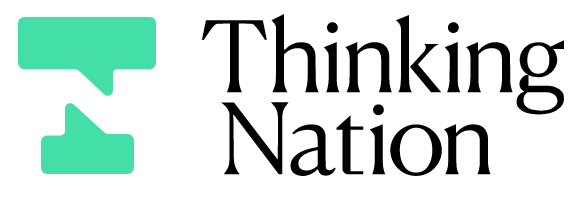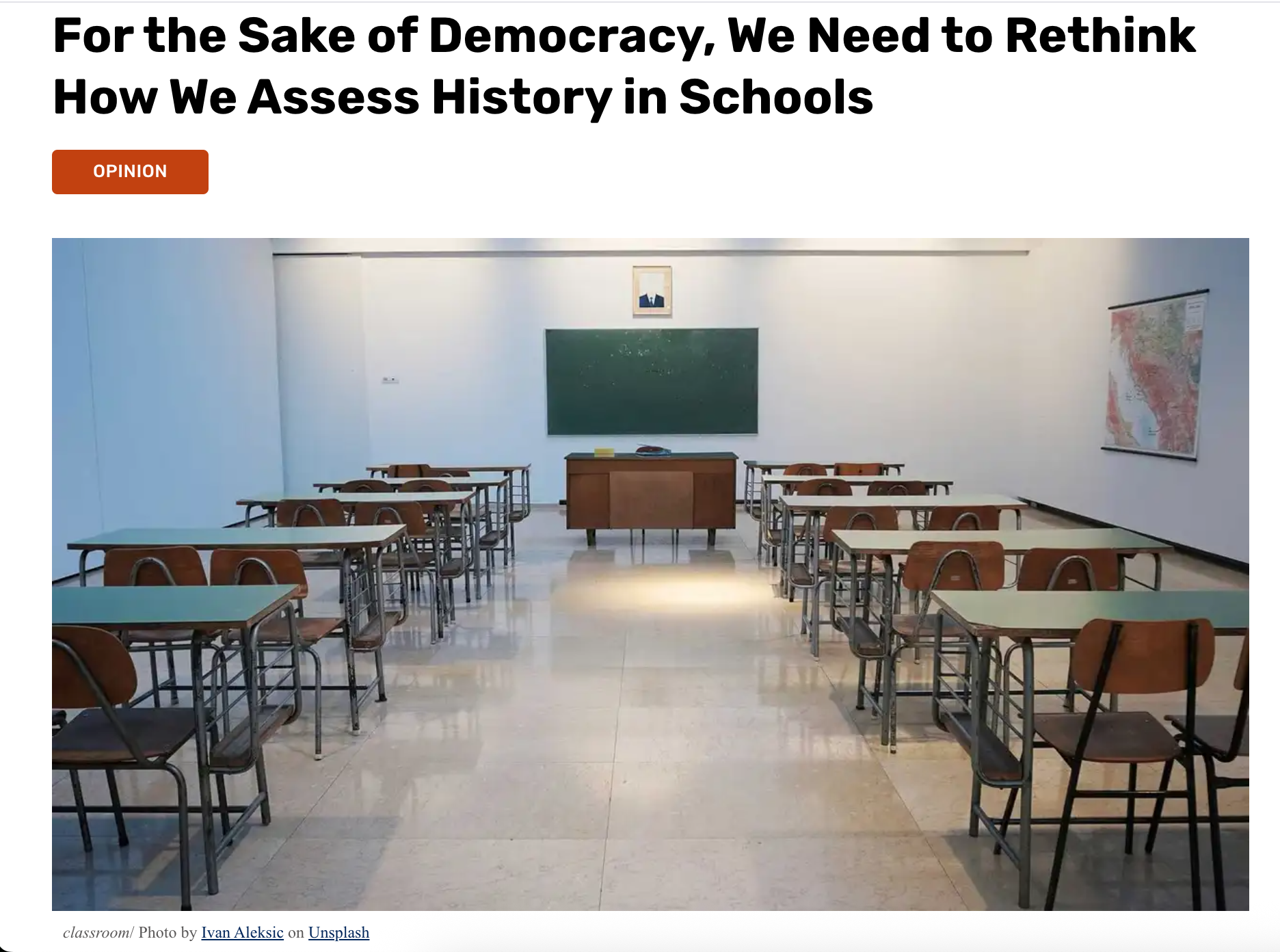
Thinking Nation Blog

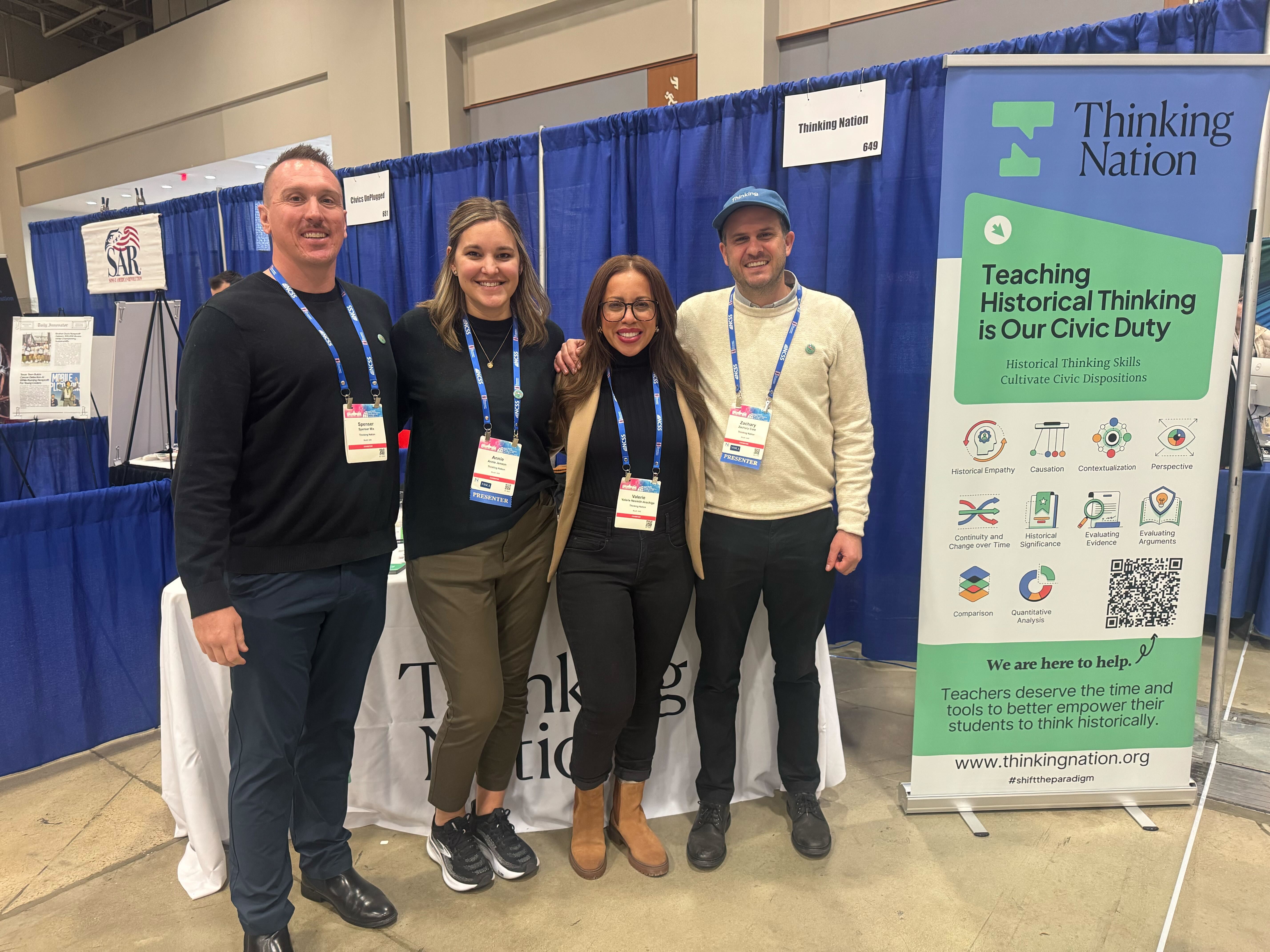
NCSS RECAP 2025
· 2 min read
I’m almost fully recovered from an insanely busy time at the National ...
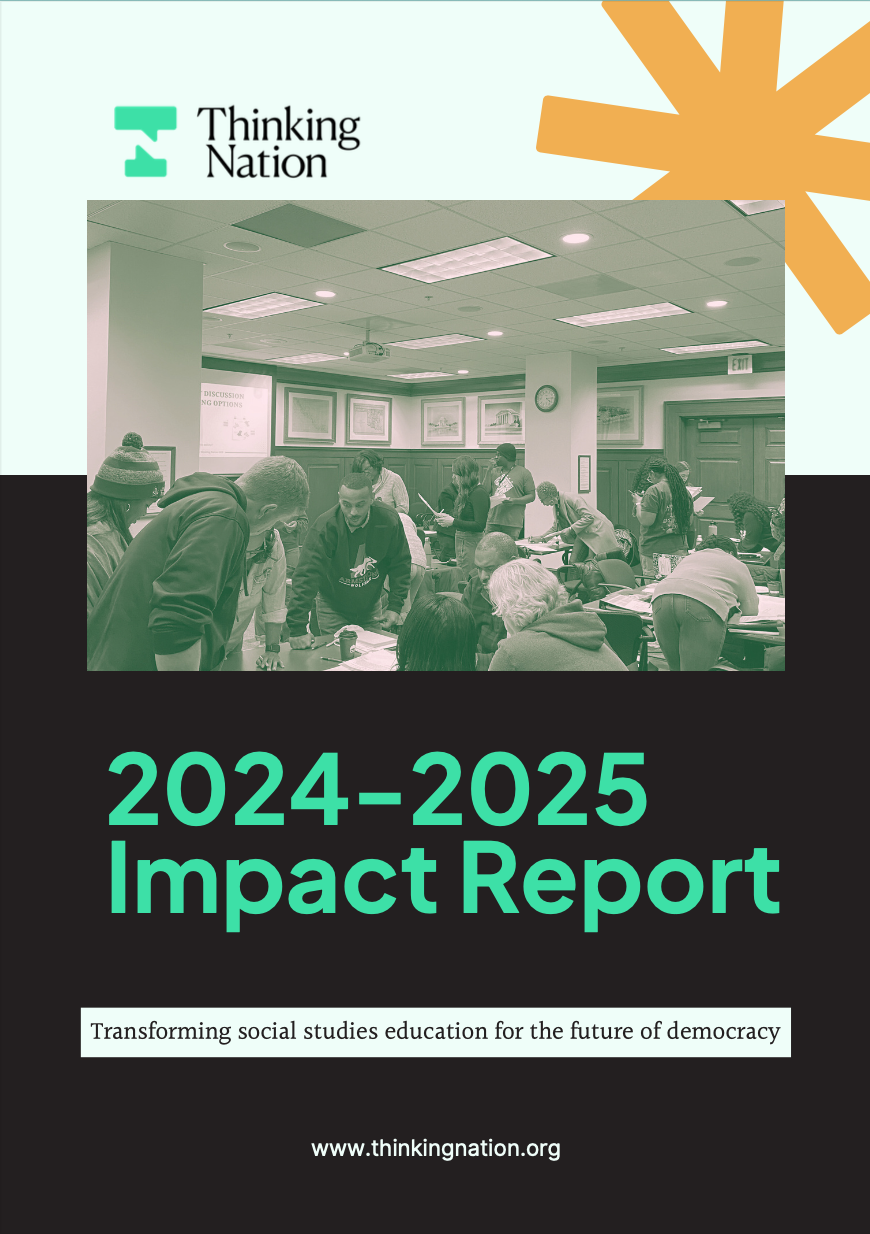
Cultivating Thinkers: Our 2024-2025 Impact Report
· 1 min read
As we reflect on the past year, we are inspired by what happens when t...

Reflecting on Experience: A Year-End Guide for Teachers
· 2 min read
There were a lot of things that went wrong during my first year of tea...
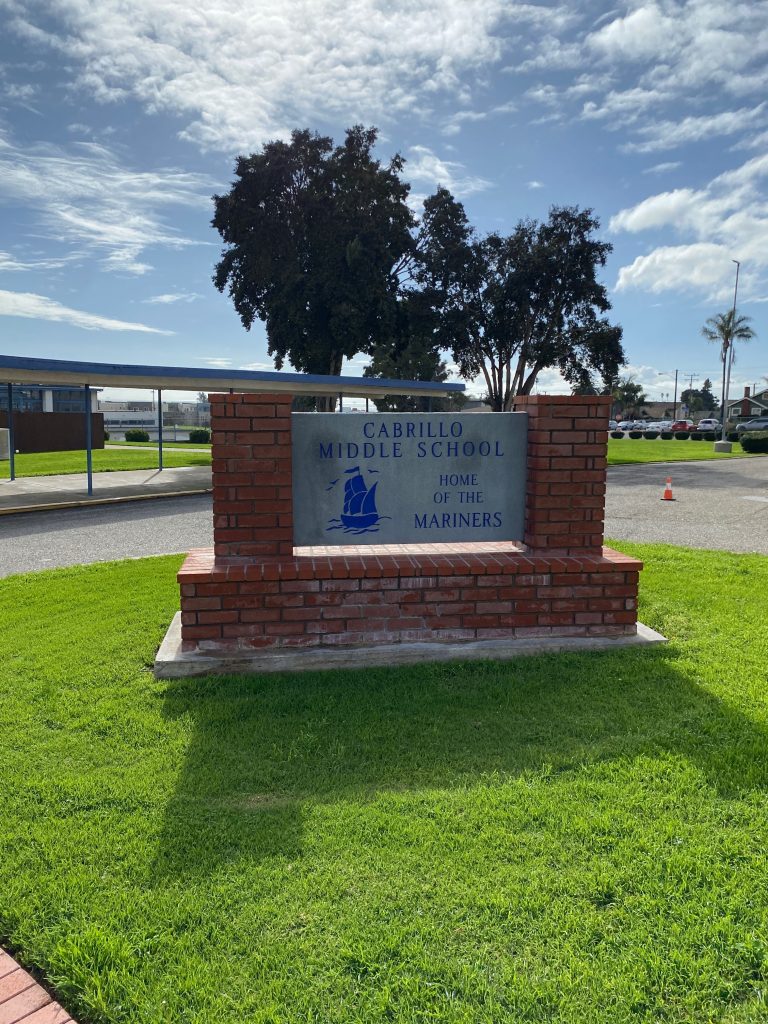
Happy Teacher Appreciation Week!
· 3 min read
At Thinking Nation, we are so fortunate to work with such dedicated ed...
